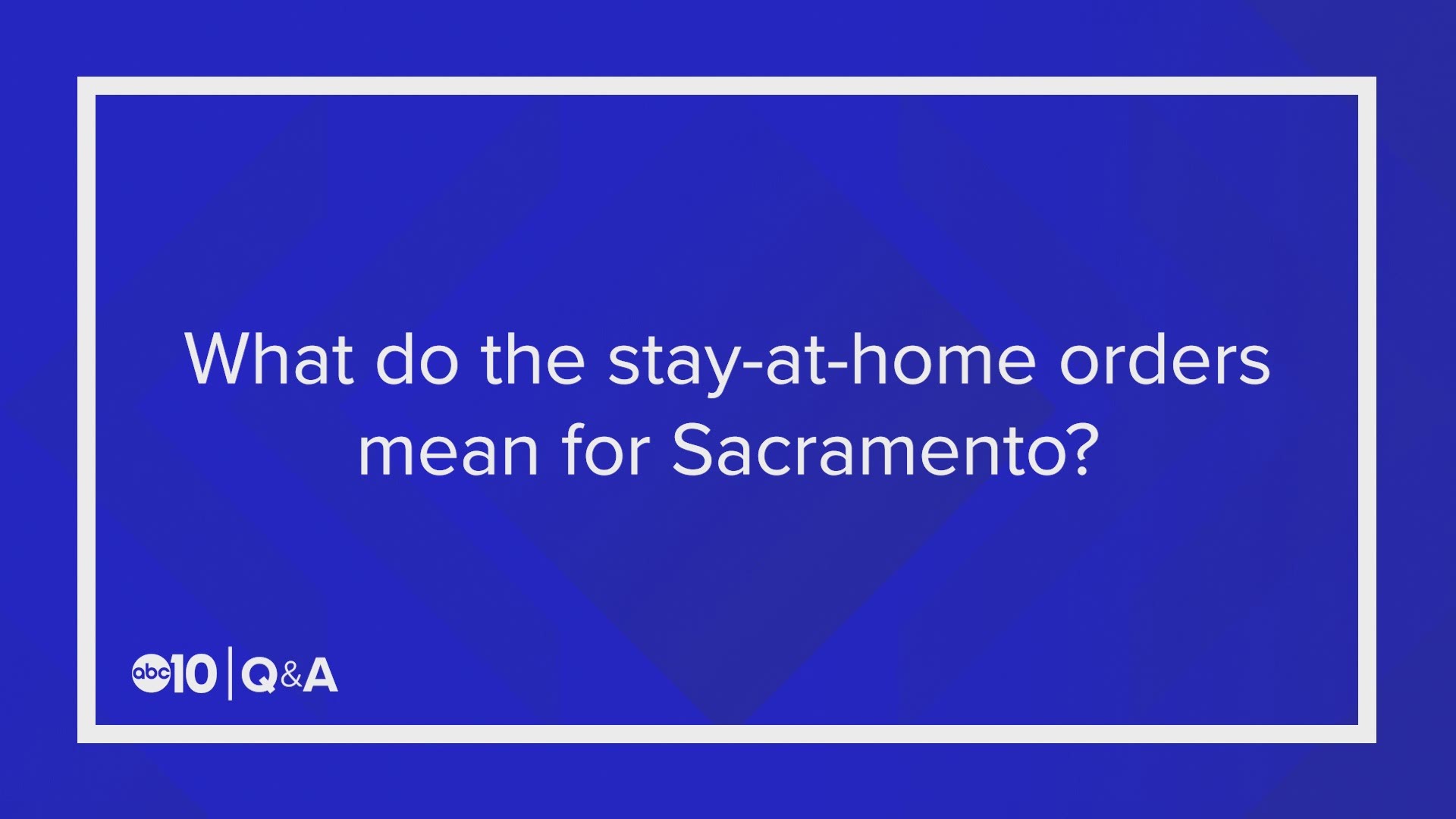SACRAMENTO, Calif. — Thirteen counties in the Greater Sacramento Region of California are now under the strictest coronavirus restrictions as of late Thursday night as the coronavirus pandemic brings a surge in deaths and hospitalizations.
On Wednesday, the region fell below the 15% ICU capacity, which triggers the move to more restrictions. There are five regions in California.
More than half of the state's population is under these restrictions, as they quickly run out of intensive care beds because of COVID-19. The total number of deaths in California sits at 20,463.
As of Dec. 10, each region's ICU capacity sits at:
- Greater Sacramento Region: 13.3%
- Bay Area: 17.8%
- Northern California: 30.3%
- San Joaquin Valley: 1.9%
- Southern California: 7.7%
Across the country, officials met to discuss approval of a COVID-19 vaccine on Thursday, while the number of deaths grew ever more stunning.
The U.S. recorded 3,124 deaths Wednesday, the highest one-day total yet, according to Johns Hopkins University, and more than the 2,500 Americans who died on D-Day in World War II. Up until last week, the peak was 2,603 deaths on April 15, when New York City was the epicenter of the nation’s outbreak. More than 106,000 people were hospitalized — also a record total.
Who does the stay-at-home order affect?
The order impacts all counties in the Greater Sacramento Region, including:
Great Sacramento Region:
- Sacramento County
- Yolo County
- Placer County
- Colusa County
- Sutter County
- Butte County
- Yuba County
- El Dorado County
- Amador County
- Alpine County
- Nevada County
- Sierra County
- Plumas County
How long does the order last?
The order will remain in effect for at least three weeks and, after that period, will be lifted when a region’s projected ICU capacity meets or exceeds 15%. This will be assessed on a weekly basis after the initial three week period.
Which businesses will close?
The order requires many non-essential businesses in the region to close. According to the California Department of Public Health, those businesses include:
- Bars
- Wineries and breweries
- Personal Services
- Hair Salons and barbershops
- Indoor and outdoor playgrounds
- Personal care services
- Museums, zoos, and aquariums
- Movie theaters
- Live audience sports
- Amusement parks
Which businesses can stay open with safety protocols in place?
- Critical infrastructure
- Schools that are already approved for in-person learning
- Medical and dental care
- Childcare and Pre-k
Which businesses can stay somewhat open, but require 100% of people to wear masks?
- Outdoor recreational facilities: Allow outdoor operation only without any food, drink, or alcohol sales. Additionally, overnight stays at campgrounds will not be permitted.
- Retail: Allow indoor operation at 20% capacity with entrance metering and no eating or drinking in the stores. Additionally, special hours should be instituted for seniors and others with chronic conditions or compromised immune systems.
- Shopping centers: Allow indoor operation at 20% capacity with entrance metering and no eating or drinking in the stores. Additionally, special hours should be instituted for seniors and others with chronic conditions or compromised immune systems.
- Hotels and lodging: Allow to open for critical infrastructure support only.
- Restaurants: Allow only for take-out, pick-up, or delivery.
- Offices: Allow remote only except for critical infrastructure sectors where remote working is not possible.
- Places of worship and political expression: Allow outdoor services only.
- Entertainment production including professional sports: Allow operation without live audiences. Additionally, testing protocol and “bubbles” are highly encouraged.
What about gatherings?
Gatherings of any size are not allowed.
CORONAVIRUS RESOURCES:
- How California's COVID-19 exposure alert app works
- Coronavirus Cases: Latest coronavirus numbers for the Sacramento region
- Coronavirus recovery rates: How many people are surviving in the Sacramento region
- Maps: Coronavirus cases across the Sacramento region
- Here are the 6 steps for coronavirus vaccine distribution in California
- Regional stay-at-home guidelines
ABC10: Watch, Download, Read
WATCH MORE: California's COVID-19 exposure alert tool for smartphones goes live



















